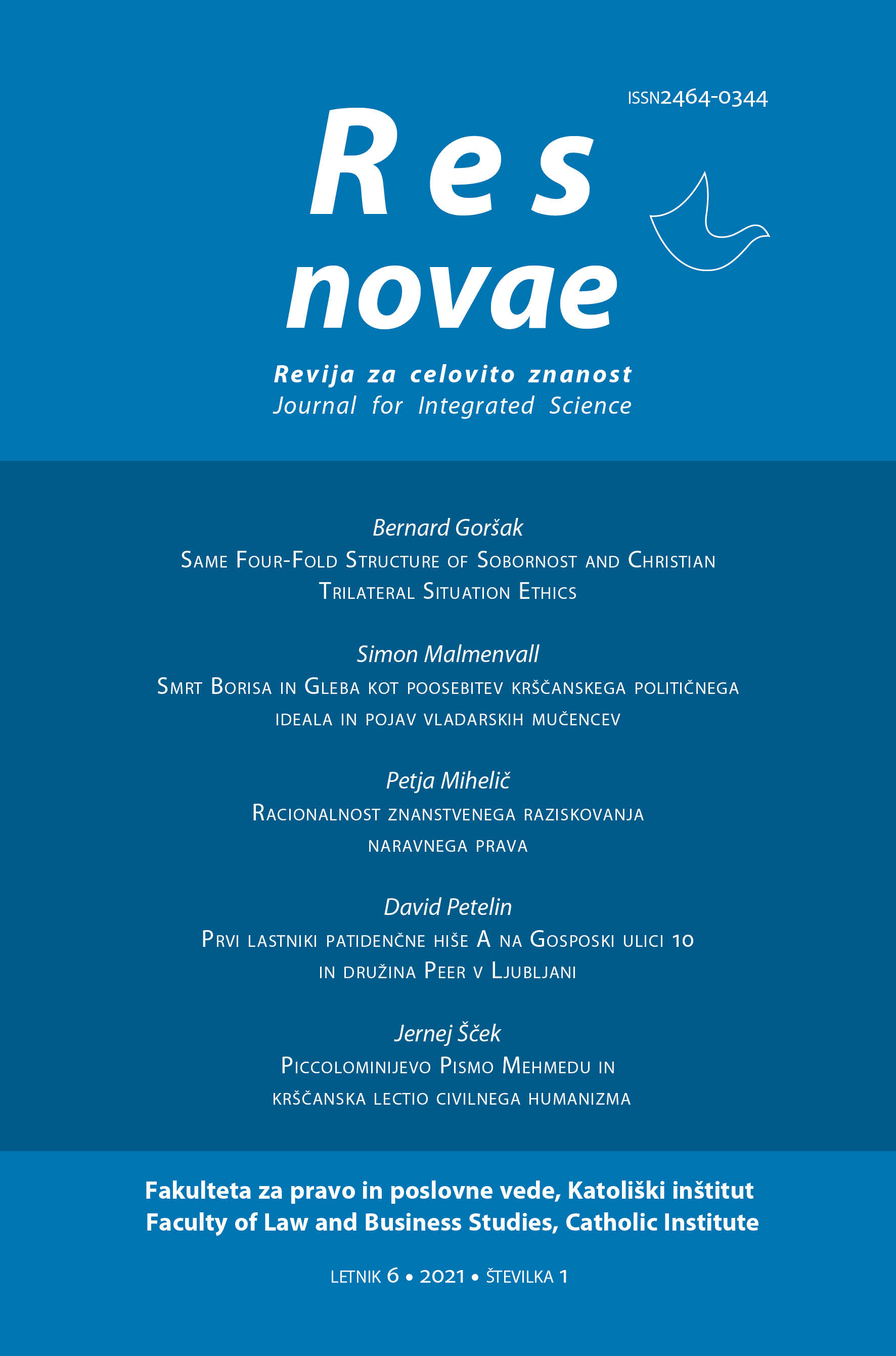Italianization of Sacral Architecture in the Land of Gorizia (Goriška) between the First and Second World War
Matic Batič
Italianization of Sacral Architecture in the Land of Gorizia (Goriška) between the First and Second World War
DOI: https://doi.org/10.62983/rn2865.212.2
Key words: Gorizia (Goriška) land, nationalism, Italianization, sacral architecture, interwar period
Abstract:
After the end of the First World War, the Kingdom of Italy first occupied and then, following the Treaty of Rapallo in 1920, annexed the territory of the former Habsburg land of Gorizia-Gradisca (Goriško-Gradiška). In the following years, the Italian authorities implemented a series of Italianization measures aimed at changing the linguistic and ethnic character of this historically multi-ethnic area. Italianization measures were also reflected in the interventions in the local cultural landscape carried out during this time. The landscape was also supposed to express its “Italian” character, in accordance with the cultural and historical concepts of the nationalist intellectuals. This paper addresses a part of this process, namely the Italianization of sacral architecture. Interventions in the local sacral architecture express a distinct ideological charge, as Italian decision-makers deliberately sought to remove architectural influences from Central Europe and replace them with the Neo-Romanesque style. These changes were mostly confined to the process of post-war reconstruction, which required the repair of many local churches. In this way, the decision-makers primarily aimed to establish an architectural connection with the early Christian art and consequently with Roman antiquity, which represented the fundamental point of reference of the nationalist historical narrative.
PDF



